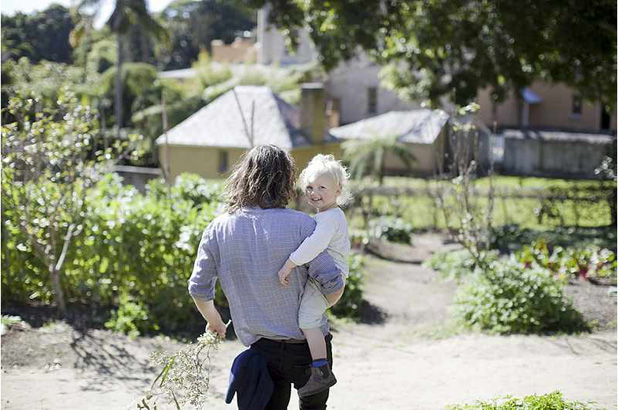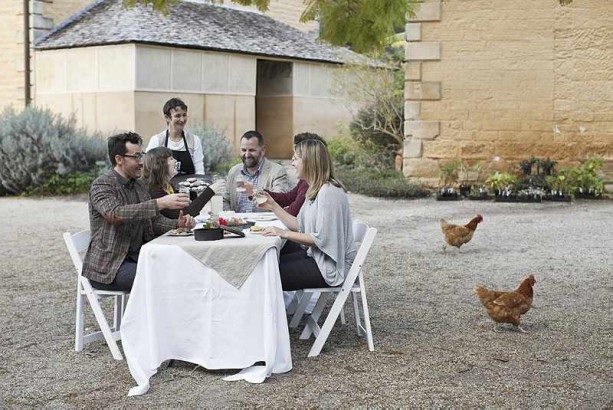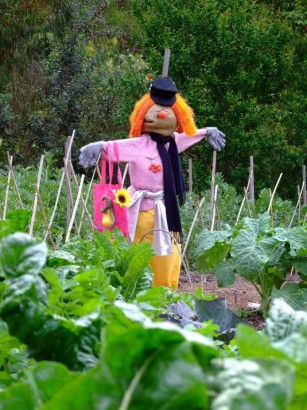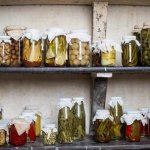Vaucluse House is a gastronomer’s delight – and is very close to our hearts. Both Scott and I started our careers with the Historic Houses Trust as Guides at this magnificent nineteenth century family residence, which dates back to 1805.
The house has miraculously retained many original features from the nineteenth century, including its formal dining and reception rooms and 1828 kitchen complete with dairy and scullery – very rare in this day and age. The worn sandstone floors in the expansive kitchen are evidence of over 180 years of activity.
A culinary gem
There are certain foods and dishes that stand out from others, having a particularly strong resonance or a direct connection with Vaucluse House and/or the Wentworth family. These are oysters (naturally), jelly and pineapples (one of the ‘exotic’ fruits you can see growing in the kitchen garden today) and will be the foods we feature in this month’s blog posts, with recipes for oyster loaves, jelly-filled oranges and pineapple jam.
Food has always been a key aspect of life at Vaucluse House – for its original residents and for its modern-day visitors to the property. Its many culinary features were the inspiration for our Colonial Gastronomy series that focuses on what, how and why people in the past cooked and ate, as well as several children’s education or holiday programs offered there.
The kitchen garden
A key component to the culinary significance of Vaucluse House today, and indeed when the Wentworths were in residence, is the kitchen garden which is next to the servants compound, across the spring-fed stream that still runs through the valley.
If the kitchen is the heart of the home, the garden is its lungs – oxygenating the diet with fresh air, rich earth and sunshine. This garden was recreated several years ago based on evidence of the original food garden, and our resident gardening team nurtures it with pride. It features a selection of heirloom produce representing what colonists would have been growing domestically in the 1850s. Colonial seed lists and horticultural texts tell us what was available in Sydney at this time.
Some of these ‘lost’ specimens are surprisingly delicious; others have understandably been modified over time, but they all give a real sense of past tastes. This garden demonstrates that for a family like the Wentworths the diet was far from monotonous, stodgy and dull – gardens were planted so that there was always something fresh to harvest, and anything in seasonal abundance was preserved for enjoyment throughout the year.





